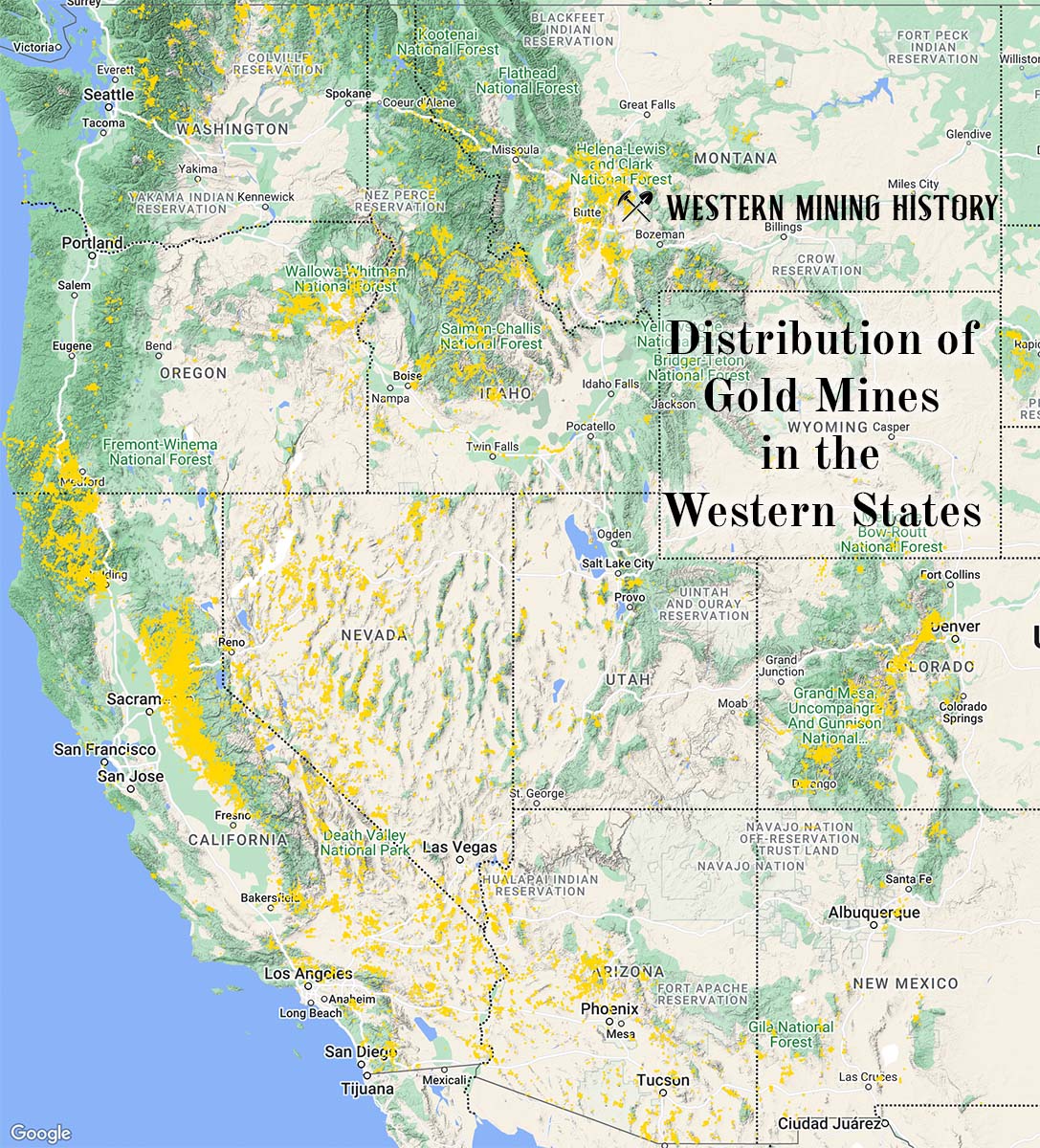The Alaska Chief is a gold, silver, and copper mine located in Alaska.
About the MRDS Data:
All mine locations were obtained from the USGS Mineral Resources Data System. The locations and other information in this database have not been verified for accuracy. It should be assumed that all mines are on private property.
Mine Info
Alaska Chief MRDS details
Site Name
Primary: Alaska Chief
Commodity
Primary: Gold
Primary: Silver
Primary: Copper
Secondary: Bismuth
Secondary: Cobalt
Secondary: Nickel
Secondary: Zinc
Location
State: Alaska
District: Juneau
Land Status
Not available
Holdings
Not available
Workings
Not available
Ownership
Not available
Production
Not available
Deposit
Record Type: Site
Operation Category: Prospect
Operation Type: Unknown
Years of Production:
Organization:
Significant:
Physiography
Not available
Mineral Deposit Model
Model Name: Skarn Cu
Orebody
Not available
Structure
Not available
Alterations
Alteration Type: L
Alteration Text: Formation of contact-metasomatic calc-silicate minerals in limestone and contact zone of granitic intrusion; local oxidation of copper and iron minerals.
Rocks
Name: Diorite
Role: Associated
Age Type: Associated Rock
Age Young: Pliocene
Analytical Data
Not available
Materials
Ore: Azurite
Ore: Bornite
Ore: Chalcopyrite
Ore: Limonite
Ore: Malachite
Ore: Pyrite
Ore: Pyrrhotite
Ore: Sphalerite
Gangue: Calcite
Gangue: Quartz
Comments
Comment (Geology): Age = Late Cretaceous or younger.
Comment (Exploration): Status = Inactive
Comment (Geology): Geologic Description = Rocks exposed in the vicinity of the deposit are limestone and marble of Paleozoic age, and foliated granodiorite of probable Cretaceous age. About 0.1 mile west of the deposit, a lighter colored granitic rock of probable Tertiary age intrudes the granodiorite (MacKevett and others, 1971). Massive sulfides and tactite replace marble and hornfels in the contact zone of the granodiorite pluton. The major components of the tactite are grossularite-rich garnet, epidote and zoisite. The contact and relict bedding at the deposit strike about N 30 W and dip steeply to the southwest. Although the deposit is physically associated with the contact of foliated granodiorite of Cretaceous age, it is possible that the mineral deposit is genetically related to the younger intrusion and only physically controlled by the favorable older contact zone.? the deposit consists of a massive-sulfide body grading out into a disseminated deposit in contact altered country rock (Reed, 1938). The massive sulfide replacement body occurs under a 150- by 55-foot stripped area. At the surface, the massive sulfide body was oxidized to a limonitic gossan, possibly manganiferous. Azurite and malachite are locally abundant in the oxidized part of the deposit. The underlying sulfide-rich deposit contains bornite, chalcopyrite, pyrite, pyrrhotite and sphalerite.? Grab samples of ore stockpiled near old workings contained more than 10 percent copper. MacKevett and others (1971) reported as much as 0.232 ounce per ton gold, 4.4 ounces per ton silver, and 1.5 percent copper when they resampled the deposit in 1966.
Comment (Reference): Primary Reference = MacKevett and others, 1971
Comment (Reserve-Resource): Reserves = Based on a surface dimension of 150 x 30 feet projected to a depth of 50 feet, and a tonnage factor of 8 cubic-feet / ton, MacKevett and others (1971, p. 48) propose an indicated reserve of about 28000 tons that would contain more than 1 percent copper, 2 ounces per ton silver, and 0.10 ounce per ton gold. This estimate, however, is probably too high because the adit driven below the deposit is in lower-grade ore. Kimball and others (1978, p. C353) concurred with the USGS's reserve estimate but it seems more realistic to call it inferred because the subsurface data are so scant.
Comment (Deposit): Model Name = Copper skarn (Cox and Singer, 1986; model 18b). Contact metasomatic copper-gold deposit, massive sulfide and skarn replacement.
Comment (Deposit): Other Comments = the deposit justifies further study and exploration because of its grade and possible size. It is in Glacier Bay National Park and Preserve.
Comment (Workings): Workings / Exploration = The prospect was discovered before 1906 and was patented in 1924. It was explored by clearing vegetation off the outcrop and by an adit driven about 60 feet below the outcrop. Wright and Wright (1937, p. 221-222) reported the adit as 130 feet in length. Reed (1938, p. 37), and MacKevett and Cornwall (in MacKevett and others, 1971, p. 45-48, fig. 9) found an adit less than 40 feet long. It thus appears likely that the Wrights' footage measurement is in error or that the workings found by the Wrights are covered by surface debris.? MacKevett and others (1971) reported as much as 1.5 percent copper, 700 ppm zinc, 0.232 ounce per ton gold and 4.4 ounce per ton silver and geochemically anomalous sample values molybdenum, bismuth, nickel and cobalt. A grab sample from an old ore pile contained more than 10 percent copper. A soil sample collected below the stripped area contained 50 ppm each of silver and gold, 15,000 ppm copper, 300 ppm each of bismuth and cobalt, 500 ppm nickel and 1500 ppm zinc. The deposit has not been drilled.
References
Reference (Deposit): Reed, J.C., 1938, Some mineral deposits of Glacier Bay and vicinity, Alaska: Economic Geology, v. 33, p. 52-80.
Reference (Deposit): Cobb, E.H., 1972, Metallic mineral resources map of the Mount Fairweather quadrangle, AK: U.S. Geological Survey Miscellaneous Field Study Map MF-436, 1 sheet, scale 1:250,000.
Reference (Deposit): MacKevett, E.M., Jr., Brew, D.A., Hawley, C.C., Huff, L.C., and Smith, J.G., 1971, Mineral resources of Glacier Bay National Monument, Alaska: U.S. Geological Survey Professional Paper 632, 90 p., 12 plates, scale 1:250,000.
Reference (Deposit): Wright, F.E. and Wright, C.W., 1937, The Glacier Bay National Monument in southeastern Alaska, its glaciers and geology: U.S. Geological Survey manuscript report, 224 p.
Reference (Deposit): Kimball, A.L., Still, J.C., and Rataj, J.L., 1978, Mineral resources, in Brew, D. A., and others, Mineral resources of the Glacier Bay National Monument wilderness study area, Alaska: U.S. Geological Survey Open-File Report 78-494, p. C1-C375.
The Top Ten Gold Producing States

These ten states contributed the most to the gold production that built the West from 1848 through the 1930s. The Top Ten Gold Producing States.